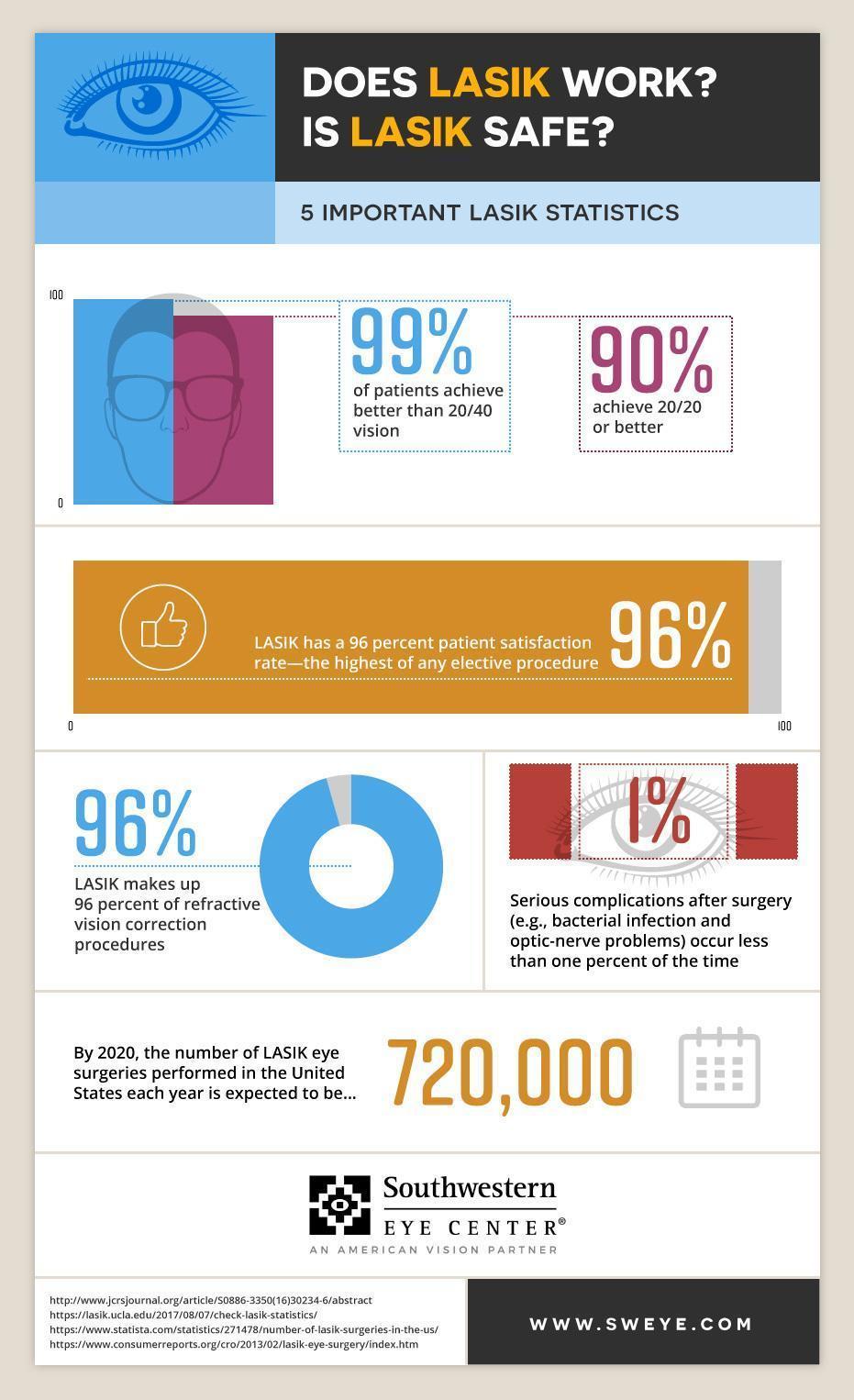Author-Otte Upchurch
If you're thinking about vision modification options, SMILE eye surgical treatment could be on your radar. This ingenious treatment entails creating a tiny lenticule in the cornea to resolve nearsightedness and astigmatism. Unlike typical LASIK, it's much less invasive and assures quicker recuperation. Nevertheless, while there are substantial advantages, there are additionally risks included. Recognizing both elements can aid you make an enlightened choice concerning your eye wellness. What's the recovery process like, and what should you anticipate?
Understanding the SMILE Procedure
The SMILE treatment, or Little Incision Lenticule Removal, is a minimally invasive eye surgical procedure developed to remedy vision problems like nearsightedness and astigmatism.
Throughout this treatment, a laser creates a tiny lenticule, or lens-shaped tissue, within the cornea. You will not need any kind of stitches, as the small laceration allows for a fast healing.
The specialist after that gets rid of the lenticule with this little cut, reshaping your cornea to improve your vision. Unlike conventional LASIK, SMILE doesn't require the production of a huge flap, which can bring about fewer difficulties.
You'll find that this technique is less disruptive to the corneal framework, possibly improving security. Comprehending the procedure aids you really feel extra certain as you consider your alternatives for vision correction.
Advantages of SMILE Eye Surgery
While taking into consideration vision modification choices, you could locate that SMILE eye surgery offers several compelling benefits.
First, Minimally Invasive Vision Correction Technology Expectations 's minimally invasive, calling for just a small incision, which means less disruption to your eye structure. This causes quicker recuperation times and much less pain contrasted to typical LASIK.
You'll likewise appreciate its precision; SMILE utilizes innovative laser innovation to improve the cornea, supplying exceptional outcomes for nearsightedness and astigmatism.
In addition, many clients report boosted aesthetic top quality, with fewer circumstances of glare or halos. Considering that there's no requirement for a corneal flap, your eyes stay much more stable post-surgery.
Lastly, the treatment usually takes just a few minutes, enabling you to return to your daily activities quicker than with various other approaches.
Potential Risks and Healing Process
Although SMILE eye surgical treatment is generally safe, it is necessary to be aware of possible dangers that can emerge throughout or after the procedure. Some individuals may experience momentary adverse effects like completely dry eyes, glow, or halos around lights.
In uncommon instances, difficulties such as infection, vision loss, or the need for extra surgical procedure can happen.
Recovery typically involves a few days of rest and avoiding exhausting tasks. You should follow your cosmetic surgeon's post-operative directions meticulously, including making use of suggested eye decreases and participating in follow-up visits.
https://www.linkedin.com/in/michael-brusco-md-facs-38543323 notice enhanced vision within a few days, however complete recuperation can take weeks. Staying patient and providing your eyes time to heal is necessary for the very best result.
Verdict
In conclusion, SMILE eye surgical procedure supplies a contemporary, minimally invasive alternative for dealing with nearsightedness and astigmatism. With its quicker recovery time and minimized pain, it's an attractive option for several. Nevertheless, it's necessary to weigh the possible threats versus the advantages. By staying notified and complying with post-operative care, you can maximize your opportunities of an effective outcome. If you're considering this treatment, consult with your eye care professional to determine if it's right for you.

